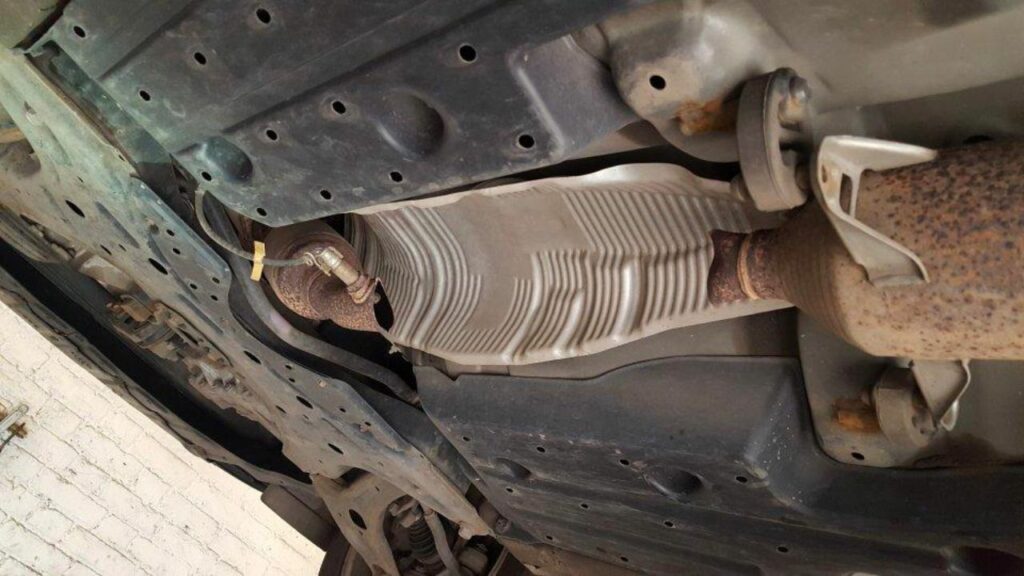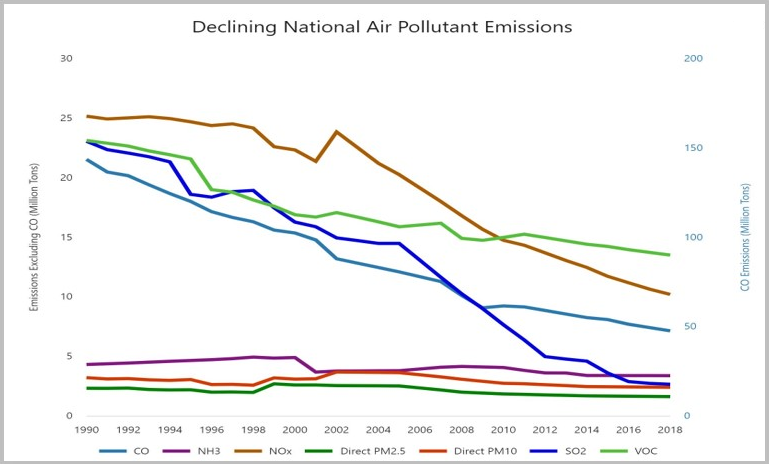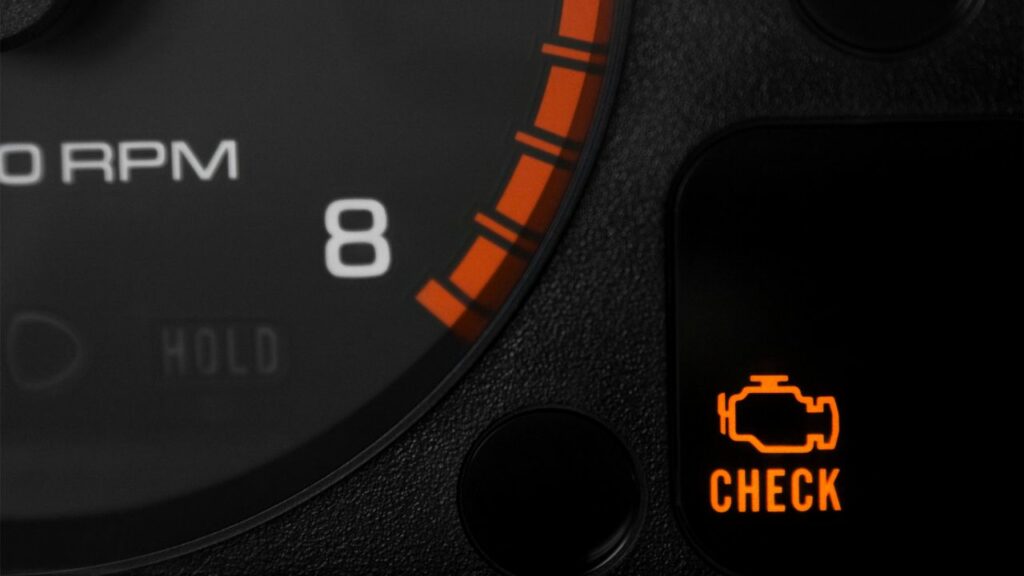A catalytic converter is one of the emission control devices installed in your vehicle. Its purpose is to convert harmful gases into harmless ones before they are expelled into the atmosphere.
Since a catalytic converter works near one of the hottest parts of a vehicle – its engine – it can fail or go bad.
Moreover, catalytic converter theft is increasing and has become a common problem, which can also lead to a missing catalytic converter from your vehicle.
If your catalytic converter gets stolen or needs to be repaired, you may be wondering how long can you drive without a catalytic converter.

Table of Contents
- How Long Can You Drive Without a Catalytic Converter?
- Is It Ok To Drive Without A Catalytic Converter?
- Is It Illegal to Drive Without a Catalytic Converter in the US?
- What Happens if You Drive Without a Catalytic Converter?
- How Much Does It Cost To Replace A Catalytic Converter?
- How To Prevent Your Catalytic Converter from Stealing?
- Frequently Asked Questions
- Does removing the catalytic converter affect the engine?
- Can you drive without a catalytic converter cover?
- Can you drive without a catalytic converter shield?
- Can you drive in California without a catalytic converter?
- Can I replace my catalytic converter with a straight pipe?
- Do all cars have a catalytic converter?
- Can you drive a Honda Element without a catalytic converter?
- Conclusion
How Long Can You Drive Without a Catalytic Converter?
As a general rule, you can drive indefinitely without a catalytic converter. You can drive for hundreds of miles with a bad or missing catalytic converter as it doesn’t directly affect the car’s ability to run.
However, you will eventually have engine problems because the engine will run too hot without a functioning catalytic converter.
In some cars, the check engine light will also come on while some new cars might limit some functions if the sensors detect harmful gases.
You may also notice a decrease in fuel economy and an increase in engine noise. If you think your catalytic converter might be failing, it’s best to get it checked out by a mechanic.
Driving without one is illegal in many states and can result in hefty fines so if you don’t want to deal with any of that, it’s probably best to just get a new one.
Is It Ok To Drive Without A Catalytic Converter?
Technically, it is okay to drive without a catalytic converter as it doesn’t affect the car’s engine.
However, it is not advisable to drive without a catalytic converter. As we’ve seen, it can lead to engine problems and decreased fuel economy. It’s also illegal in many states and if caught, you may have to deal with hefty fines.
If your catalytic converter needs to be replaced, we recommend getting it done as soon as possible so you can avoid any issues down the road.
On other hand, if your catalytic converter has been stolen, you should reach out to your insurance company as most full-coverage insurance policies will cover the cost of a new one.
Is It Illegal to Drive Without a Catalytic Converter in the US?
Yes, it is illegal to drive without a catalytic converter in the US. But the fines and legal actions will depend on your location.
Removing a catalytic converter from your vehicle is illegal in every state, including those that do not enforce strict emissions rules.
If you remove the converters yourself or have someone remove them for you, it is considered tampering with emission control devices and can result in a fine.
The federal penalty for removing or rendering an inoperable catalytic converter is up to $10,000.
However, there’s one exception to this. If you drive a vehicle that was manufactured before The Clean Air Act of 1970, you are not required to have a catalytic converter as it wasn’t a compulsion back then.
This act was put into place to help control air pollution and it requires all vehicles manufactured after this date to have a catalytic converter.
Strict rules like this along with other actions taken by the government have ensured lower air pollution as shown in the below graph.

What Happens if You Drive Without a Catalytic Converter?
If you drive without a catalytic converter, your car will still run but it won’t be as efficient. You may also notice a decrease in fuel economy and an increase in engine noise.
Here are the 5 most noticeable changes in your car if you are driving without a catalytic converter.
Louder exhaust noise
The first and most noticeable change will be the noise coming from your car’s exhaust system. A catalytic converter helps in reducing the noise coming from your car’s engine by up to 95%.
So, without a catalytic converter, your car will be significantly louder.
Reduced fuel economy
A catalytic converter helps in reducing harmful emissions from your car’s engine. So, without a catalytic converter, your car will produce more harmful emissions.
This will lead to a decrease in fuel economy as your car will have to work harder to produce the same amount of power.
Check engine light is ON
Every car has multiple sensors that help in detecting any problems with the engine. One of these sensors is the oxygen sensor.
The oxygen sensor helps in detecting the amount of oxygen in the exhaust gas. If there’s less oxygen, it means that the catalytic converter is not working properly.
As a result, the check engine light will come on to alert you of the problem. If you’ve removed the catalytic converter yourself, you’ll immediately notice this warning sign.

Low-end torque is reduced
Your vehicle’s low-end torque is the power that’s produced by the engine at lower speeds.
A missing catalytic converter will lead to a loss of low-end torque as the engine won’t be able to produce as much power.
This will make it harder to accelerate from a stop and you’ll notice a decrease in performance.
Failed emission test
Lastly, if your vehicle is required to pass an emission test, it will most likely fail without a catalytic converter.
Without a catalytic converter, your car will produce more harmful emissions as a result, it will fail the emission test and you’ll need to fix the issue or get traffic fines.
How Much Does It Cost To Replace A Catalytic Converter?
The cost of replacing a catalytic converter will depend on the make and model of your car. In most cases, it will cost between $200 to $2,000 to replace a catalytic converter.
However, if your car is older or if you have a luxury car, the cost can be as high as $7,000. Some cars have two or three catalytic converters so the cost can be even higher.
Below is a table that shows the top 5 cars with the most expensive catalytic converts.
Cars | Catalytic Converter Value |
Ferrari F430 | $3,770 (2 units) |
Lamborghini Aventador | $3,120 (2 units) |
Ram 2500 | $3,460 |
Ford F-250 | $2,804 |
Ford Mustang | $1,500 |
How To Prevent Your Catalytic Converter from Stealing?
There are a few things you can do to prevent your catalytic converter from being stolen.
The first thing you can do is park your car in a well-lit area. This will deter thieves as they don’t want to be seen.
You can also install a security system in your car. This will make it harder for thieves to steal your catalytic converter as the alarm will go off.
Lastly, you can engrave your license plate number onto the catalytic converter. This will make it easier for the police to identify your catalytic converter if it’s stolen.
Frequently Asked Questions
Does removing the catalytic converter affect the engine?
In short term, removing a catalytic converter won’t affect your vehicle’s engine. However, without a catalytic converter, your engine will run hotter, louder, and produce more harmful emissions which may cause problems later on.
Can you drive without a catalytic converter cover?
It’s illegal to drive without a catalytic converter so you can drive without a catalytic converter cover as long as you aren’t stopped by the police or if your car gets inspected. So, if your catalytic converter stops working or gets stolen, you can drive without it for some time and get it replaced when you have got the funds.
Can you drive without a catalytic converter shield?
Yes, a catalytic converter shield isn’t compulsory for your vehicle. It’s an added accessory that helps in protecting the catalytic converter from being stolen.
Can you drive in California without a catalytic converter?
California is one of the most strict states when it comes to vehicle emissions. As a result, it’s illegal to drive without a catalytic converter in California. It is also the first state to require the use of CARB-compliant (California Air Resources Board) catalytic converters. If your car doesn’t have a catalytic converter, you’ll always be at risk of getting fined heavily.
Can I replace my catalytic converter with a straight pipe?
No, you can’t replace your catalytic converter with a straight pipe (without further modification) and it’s illegal to do so.
Do all cars have a catalytic converter?
No, not all cars have a catalytic converter. Electric cars do not need a catalytic converter (they produce no emission) and vehicles made before 1974 generally do not have a catalytic converter either.
Can you drive a Honda Element without a catalytic converter?
Yes, similar to other cars, you can drive a Honda Element without a catalytic converter. However, it is illegal, and if stopped by police, you may be fined so it’s best to get it replaced as soon as possible.
Conclusion
A catalytic converter is an important part of your car as it helps to reduce emissions. If your catalytic converter is stolen or stops working, you can still drive your car indefinitely but it’s best to get it replaced as soon as possible.
Also, with a bad or missing catalytic converter, your vehicle will produce more pollution and harm the environment.

Robert Bacon is a car nerd and automotive lover who has dedicated his life to understanding the inner workings of vehicles. He holds a degree in mechanical engineering and has spent years working as a mechanic and engineer for some of the world’s top car companies. In his spare time, he enjoys writing about cars on this blog and tinkering with his 2016 Toyota Mirai in his garage.
Helpful info. Thanks.